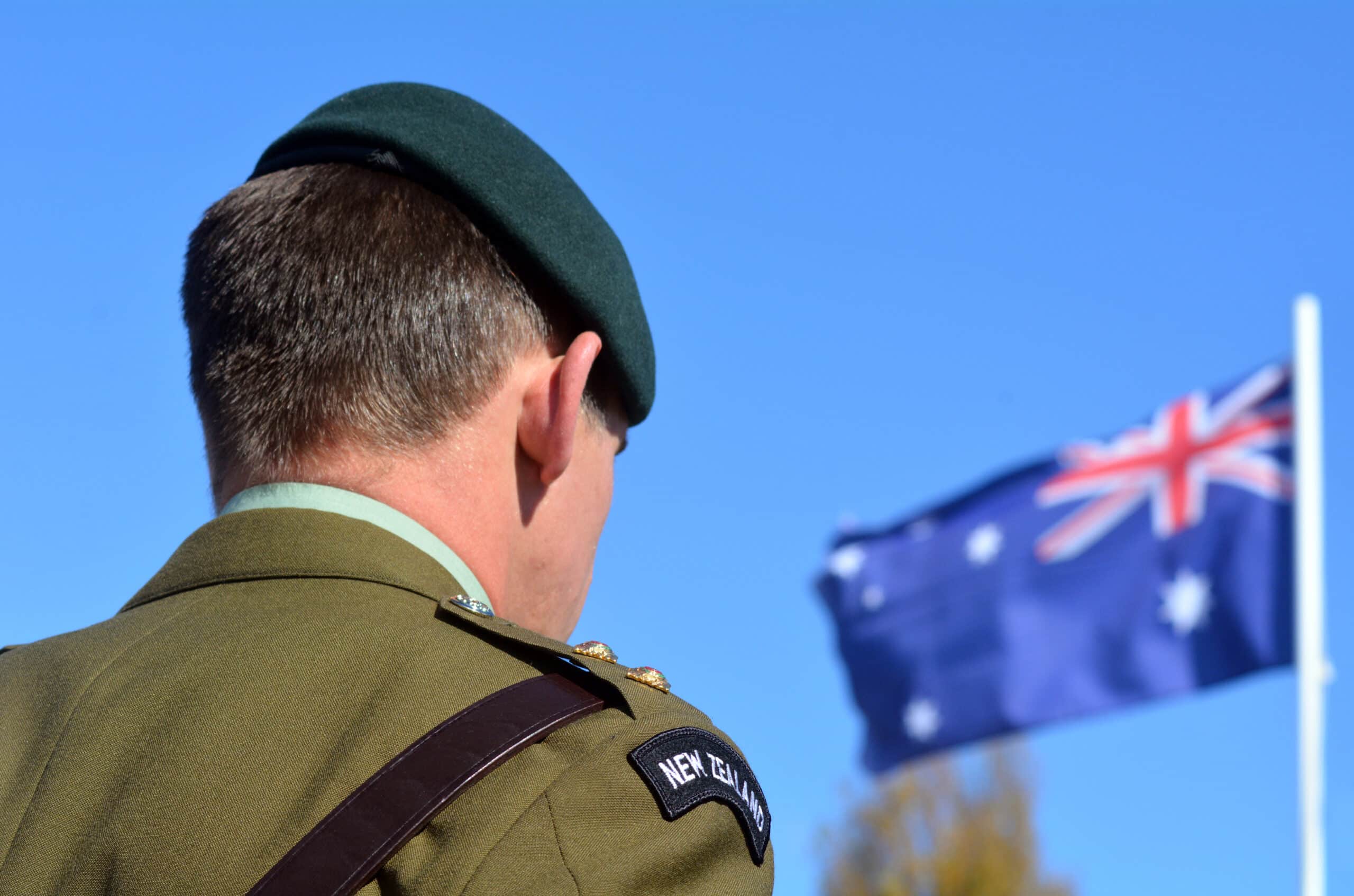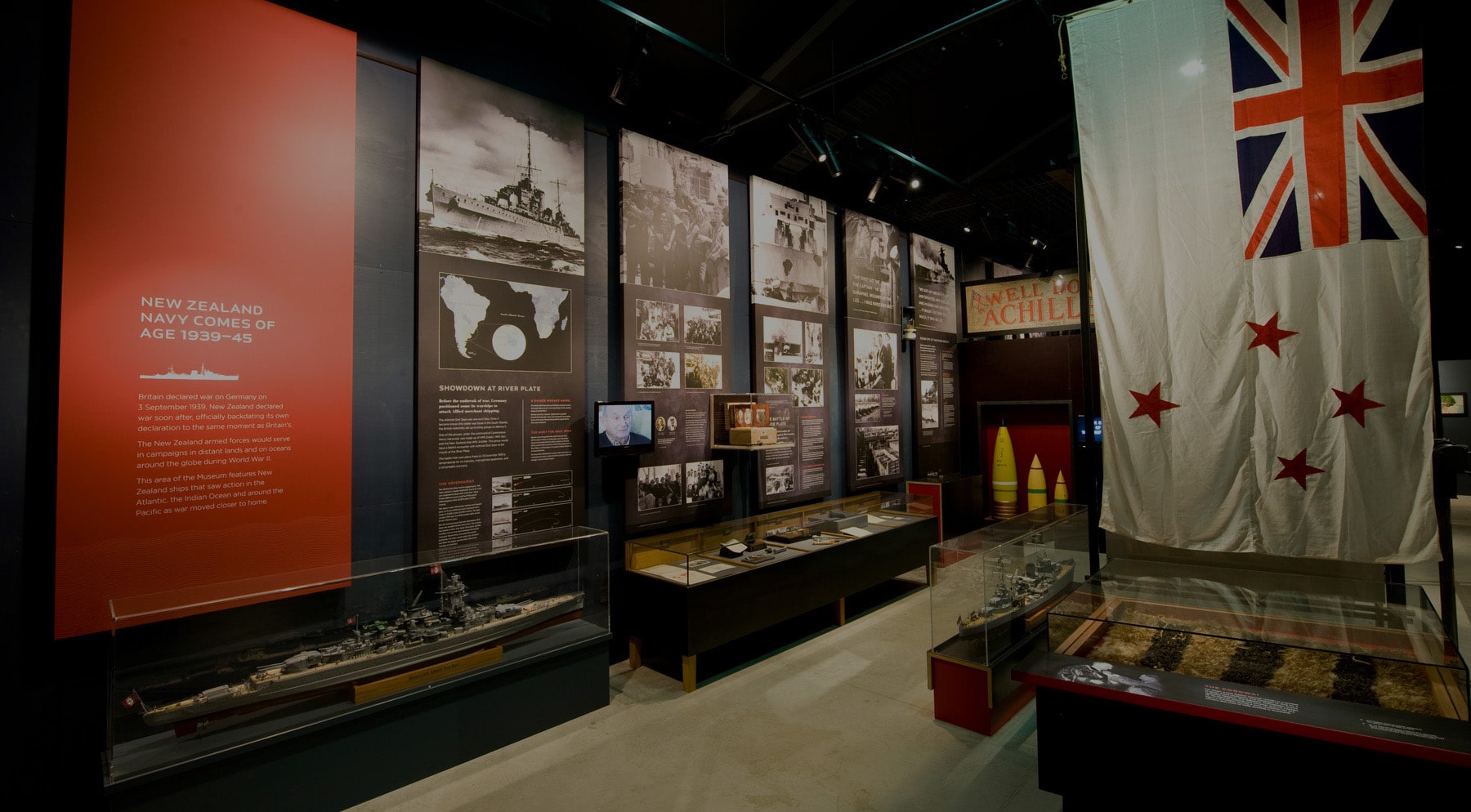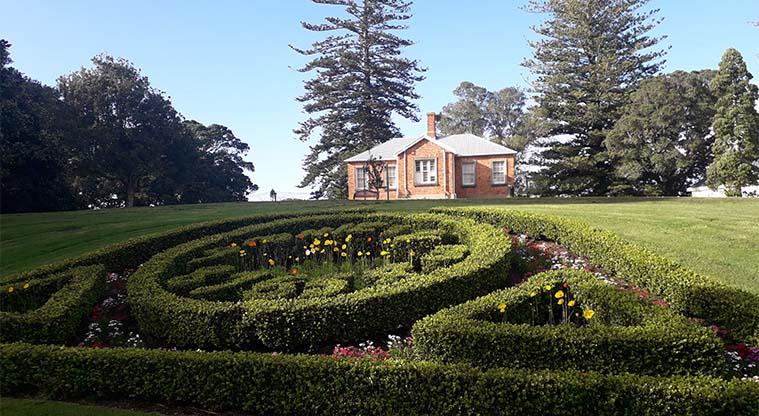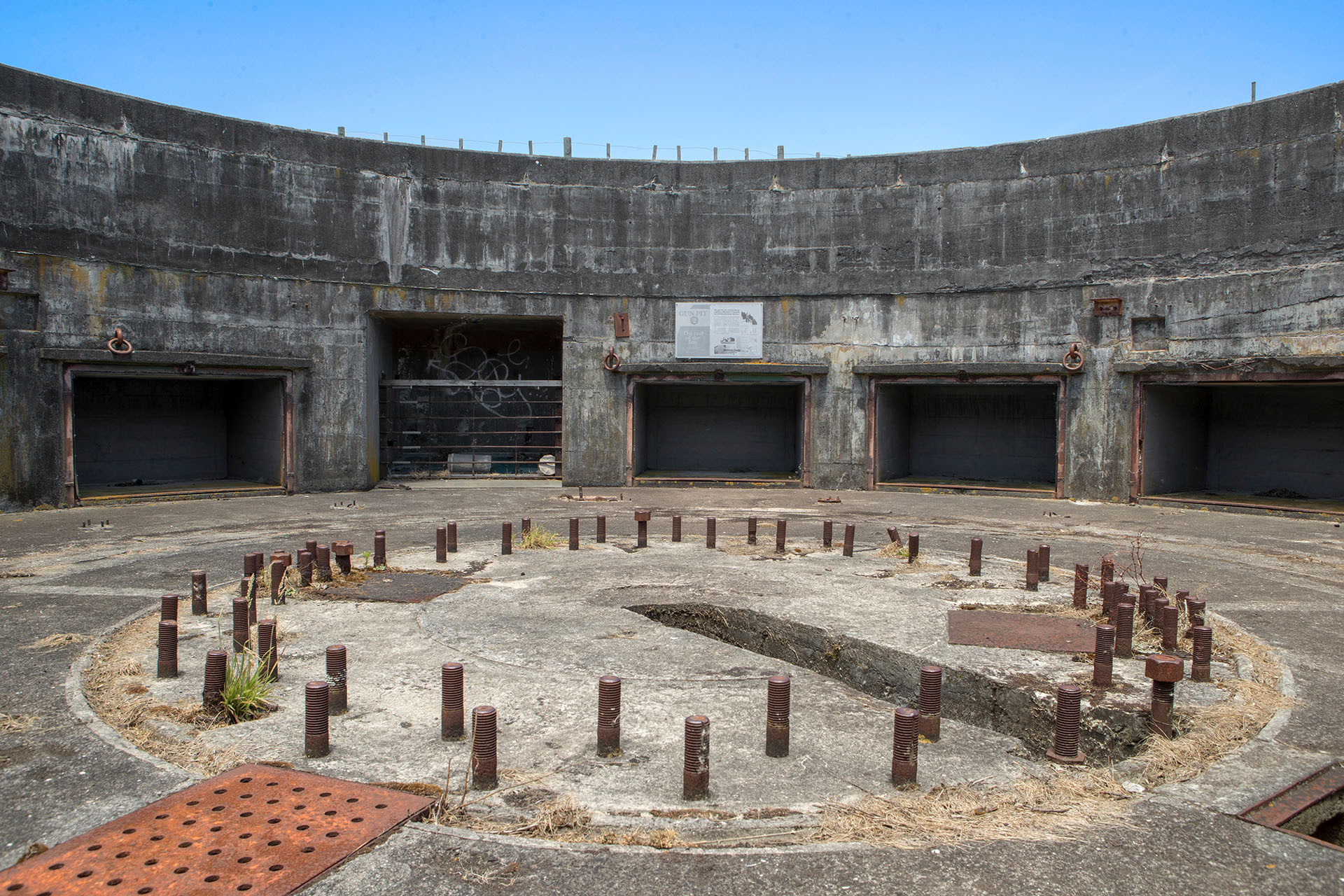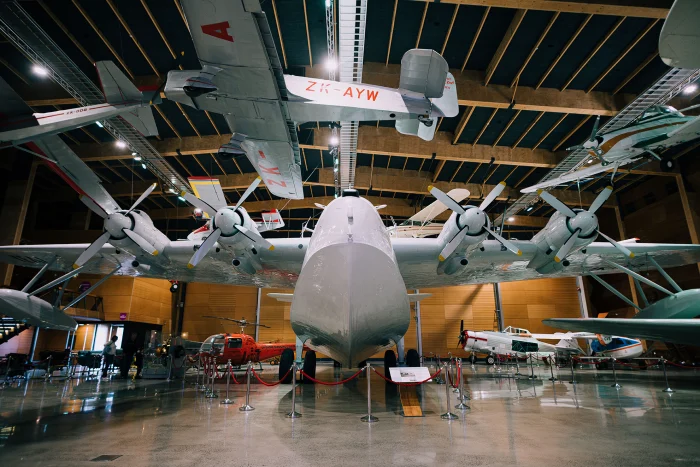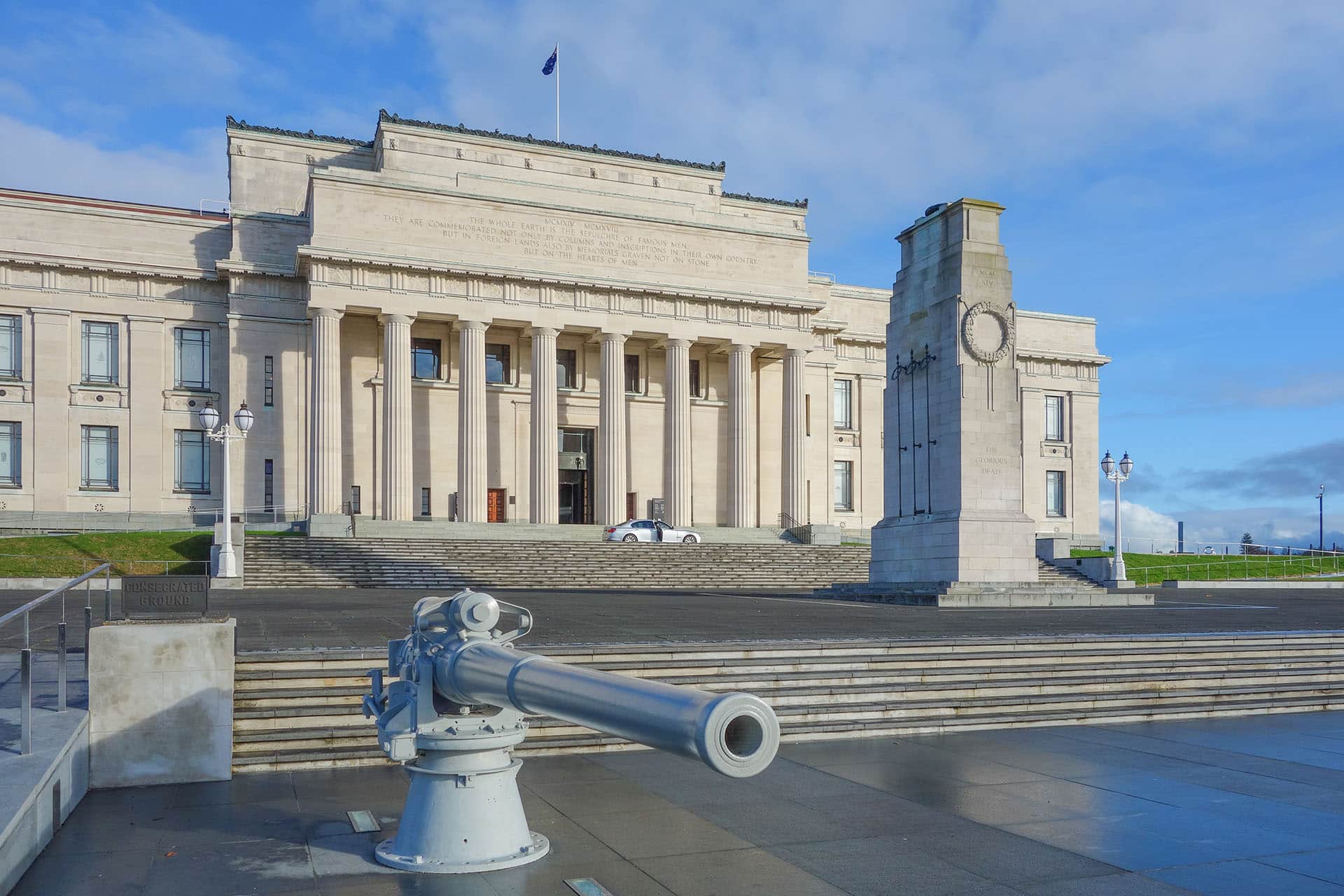New Zealand has a proud military history stretching back to the nineteenth century. Our country’s forces and peacekeepers have been held in high regard around the world by friend and foe alike.
In World War Two, for example, British Prime Minister Winston Churchill made Kiwi hearts swell with pride when he said: “All are full of gratitude to the people of New Zealand who have sent this splendid Division to win fame and honour across the oceans.”
Famed German Field Marshal Erwin Rommel was no less stinting in his praise. “If I’d had one division of Māori, I would have taken the (Suez) canal in a week. If I’d had three, I’d have taken Baghdad.”
While the bulk of our fields of conflict have been overseas, there are many historic military sites dotted across Auckland – plus some excellent museums that would be of interest to veterans and anyone with a passion for military history.

